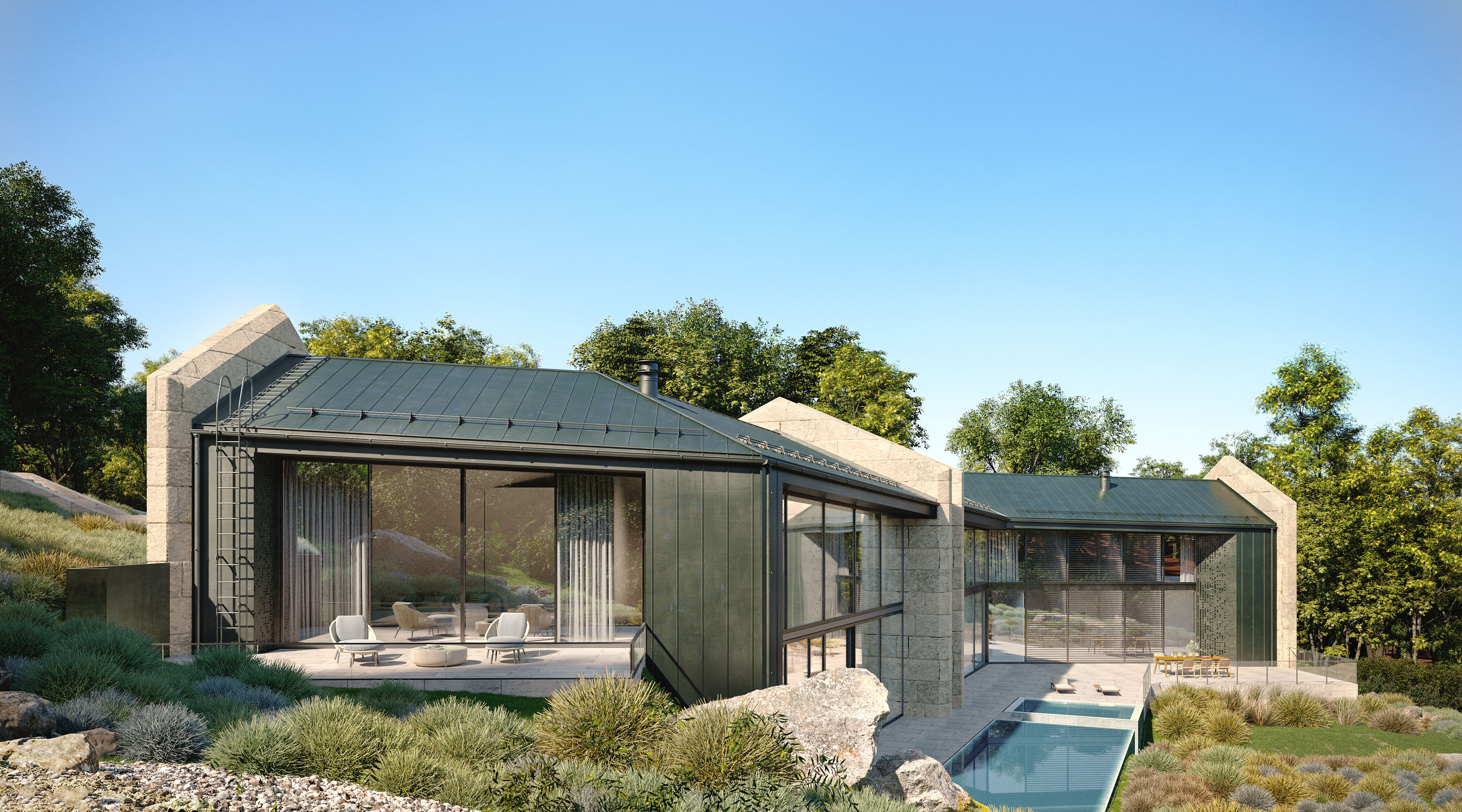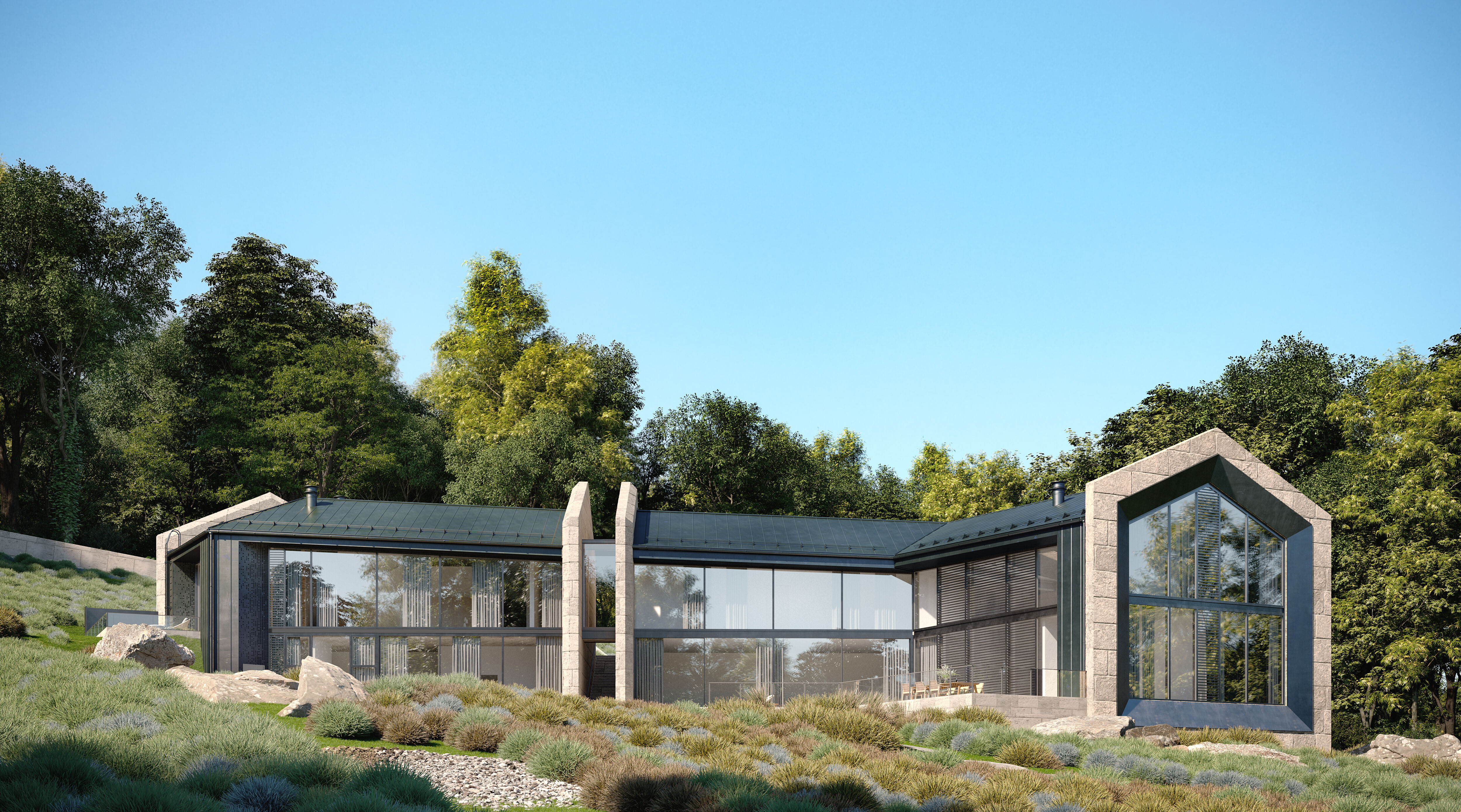When buying a vacant lot to build a home, deciding where on-site you are going to construct your house is one of the most important decisions you can make. Choosing the proper location can benefit you in many ways, such as avoiding heat loss, providing increased access to sunlight, and maximizing the land for multiple structures to exist. See our tips below to learn about the factors to consider when choosing a location for your home.
How to Choose the Location of a House on a Plot of Land 12 10 2022

Study the groundwater:
If the level of groundwater is too high, the house will flood and the foundation will be destroyed, so choose a part of the site where groundwater does not exist close to the surface. Life Hack: If there is a lot of moss on a certain part of the site during dry weather, then there is a high chance that the groundwater is high in that spot.
Keep your distance:
The house should be located at least 16 feet from the road. The recommended distance is 32 feet, which will help protect the house from dust and noise pollution. Additonally, be mindful of neighboring buildings and the area’s fire safety requirements. The optimal distance between two houses is 50 feet.
Don’t rush to uproot trees:
The largest trees on the lot should not be cut down unless absolutely necessary. Their foliage absorbs noise and creates shade, and cutting them down often leads to waterlogging and rising groundwater levels. Do not build a house within the crown of any trees you leave on-site because the powerful roots of the trees will sprout under the base of the house and deform it.
Climate matters:
In warm, humid climates, it is best to build a house on top of a slope to allow natural ventilation during the hot season. In temperate areas in the Northern Hemisphere, consider building your house facing South and slightly slightly lower than the top of the hill. This will protect the building from cold winds. In cold climates, the ideal place to build a house is at the foot of a hill so the house will be sheltered from the wind. Tall trees on the North side of the building will serve as an additional barrier to icy gusts of wind. In hot, dry climates, build at the top of a hill to expose the house to cool winds.
Location depends on size:
The size of the site will help you determine the location where you should build your house. If the width of the land allotment does not exceed 20-25 meters, a rational solution would be to construct a house near one of the side boundaries of the site. This will allow you to use the land with maximum efficiency.
Focus on the cardinal points:
Every building casts a shadow, and this may affect what grows on the site. It is best to locate your house in the Northwestern or Northeastern portions of the site. In the first case, sunlight will pour into the yard and house for the morning and most of the day, whereas in the second, the yard will be illuminated by the afternoon sun.
For example: On of our projects, the Benton Smith House, was designed in an unusual shape and perfectly place on an empty plot of land to provide the house with sunlight and warmth through the entire year. The house is located in Nashville, TN, which periodically has large amounts of precipitation and boasts a beautiful but rugged landscape. Therefore, the house is located at the top of the slope of the site, and we preserved as many native trees as we could to absorb moisture.

We hope that this was helpful to you and that if you ever decide to buy a plot of empy land, you use our tips and tricks to place your home in the perfect spot! If you are interested in real estate, architecture, and design, subscribe to our social networks, where you will be the first to see our new projects and the release dates of all of our blog posts.